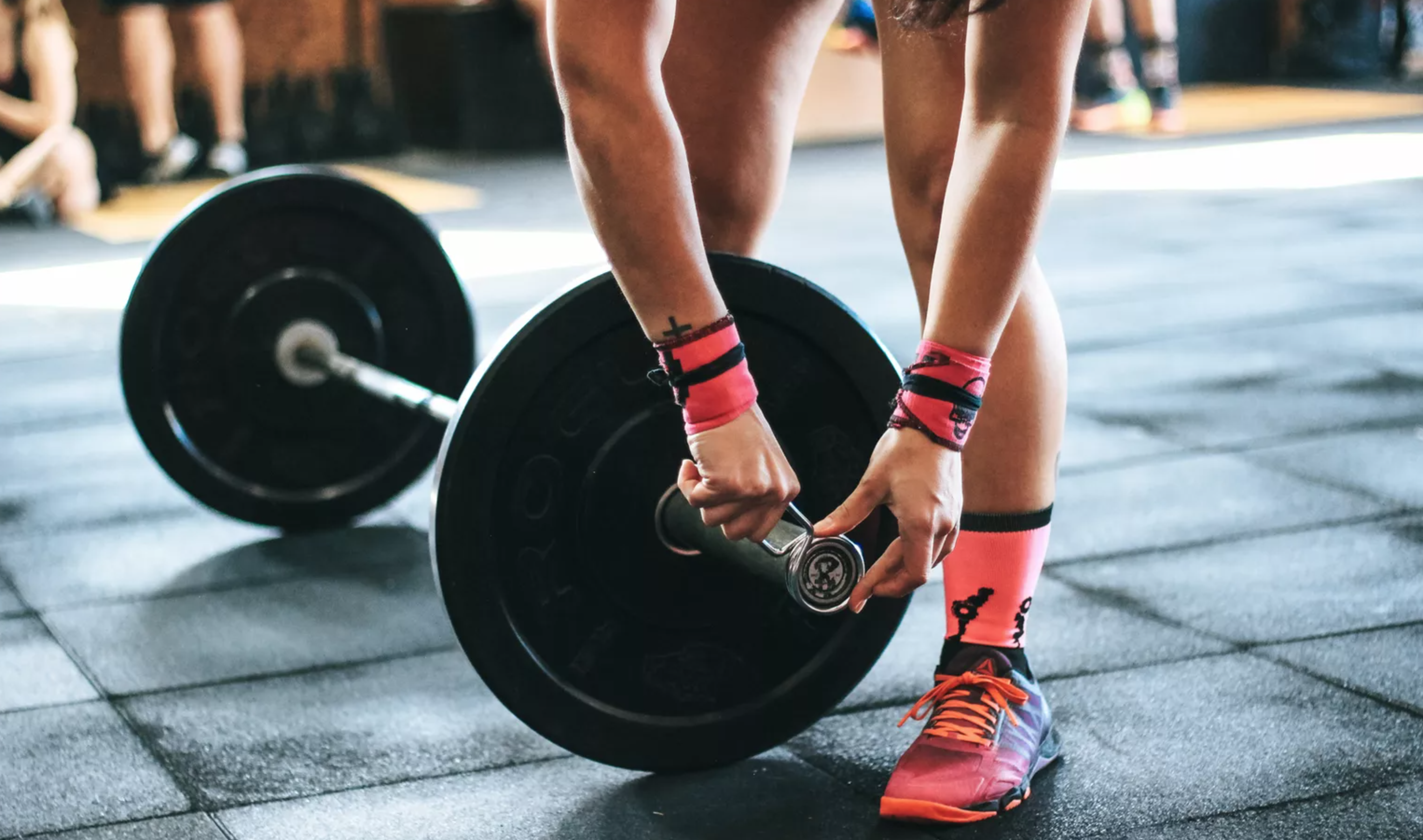I was training a new client a few weeks ago and had him do a shoulder warm-up with 5-pound plates. “There is nothing that this 5-pound plate can do to me that I can’t handle,” I imagine might be what goes through people’s minds when I hand them the weights. Little do they know what’s about to happen. 😉 Without warning, the look on their faces goes from “Oh, I’ve totally got this” to “Oh, heck, I totally don’t got this! What is happening?” After a few reps, and a little fire igniting in his shoulders, he whimpered “You just 5 pound-shamed me!” 😆
WHAT’S WEIGHT GOT TO DO WITH IT?
I am not super impressed – for the most part – with the amount of weight someone can lift. To a certain point, the heavier you ‘need’ to lift in order to feel a good workout, the less you might actually be working your muscles.
Of course, this isn’t true in every scenario. But for the most part, many people think they need to lift heavier to feel the workout when in reality they need to focus more on the elongation (the stretching of the muscle) and the contraction (the squeezing of the muscle). This is the nuts and bolts of the mind-muscle connection. But, what about all the trainers and fitness gurus that say we need to lift as heavy as we can? Yes, that’s true, but what is the rest of that sentence? Say it with me…while maintaining proper form!
WHAT’S THE BIG DEAL?
Proper form, to me, means that you are isolating the muscle or muscles you’re targeting as much as you possibly can. You are working the muscle as hard and intense as you can for the desired number of reps/sets while using the desired range of motion until the targeted muscle has clearly had enough. To be able to do this, you have to pick a weight that is challenging, but still allows you to maintain proper form. A 5-10 pound difference in the weight that you choose can mean the difference between focusing more on the lifting, pulling or pushing of the object (weight/equipment), and focusing on the quality of reps for the muscles you’re targeting.
You may be able to do barbell biceps curls with a 40 pound barbell, but are you elongating your biceps all the way down or are you stopping short of the full range-of-motion? Are you squeezing your biceps at the top of the movement or are you rotating the barbell up at your shoulders with your elbows moving back and forth? The point here isn’t to lift the heaviest barbell you can for 10 reps, the point here is to work your biceps as hard and as intense as you can using a full range of motion for 10 reps. If you can work your biceps harder with a 30 pound barbell – even though you are capable of physically lifting the 40 pound barbell for 10 reps – you may accomplish your goal of a better biceps workout with the slightly lighter weight. 💪
HOW TO CHOOSE YOUR WEIGHT
1. Work With An Expert If you are just starting out your fitness journey, hopefully you’re working with a knowledgeable trainer who can help you choose the appropriate weight for the workout goal. This is not something any of us automatically just “know” and we all started our own journey having no clue how to even begin selecting the right weight. Working with a trainer or coach will help get you select the weight for an exercise based on the equipment being used, reps, sets, technique, and other factors.
2. Get A Feel For It I always like to err on the side of heavy, then if it feels too heavy after 3-4 reps, I know I need to choose a lighter weight. If you know you can get 15 reps of chest flyes with 12 pound dumbbells and want to aim for 8-10 reps, go up to the 15 pound dumbbells and see how they feel. If you can do 8-10 reps with the 15 pound dumbbells for your first two sets, then you feel like you need to decrease to the 12 pound dumbbells for the last set in order to maintain proper form, then do that.
3. Know Your Body To piggy back off of point number two, working out over time and gaining experience with different weights, exercises, equipment and a wide variety of exercise techniques helps you get a feel for what weight is required or appropriate for your body. This is all part of knowing your own body, your fitness and strength progression, and the best way to reach your goals.
4. Practice, Practice, Practice There are some things (actually, most things!) in life that only years of practice can teach you. Think of each workout as a practice session. The more you practice doing different exercises and using different weights to see what kind of impact they have on your body, the better you will be at knowing exactly how much weight will help propel you further along your fitness journey! 👍
Don’t always judge a weight by its number. If you’ve ever done cable kickbacks with 10-15 pounds, you know what I’m talking about! 😰 It’s obvious that if you choose a weight that is too heavy with an exercise like a cable kickback, your full range of motion, extension and contraction will suffer. While lifting heavy is crucial to a great workout, the word ‘heavy’ is relative. Choosing the right weight, not always the heaviest weight, will ensure that you’re muscles are doing the work. ✊
